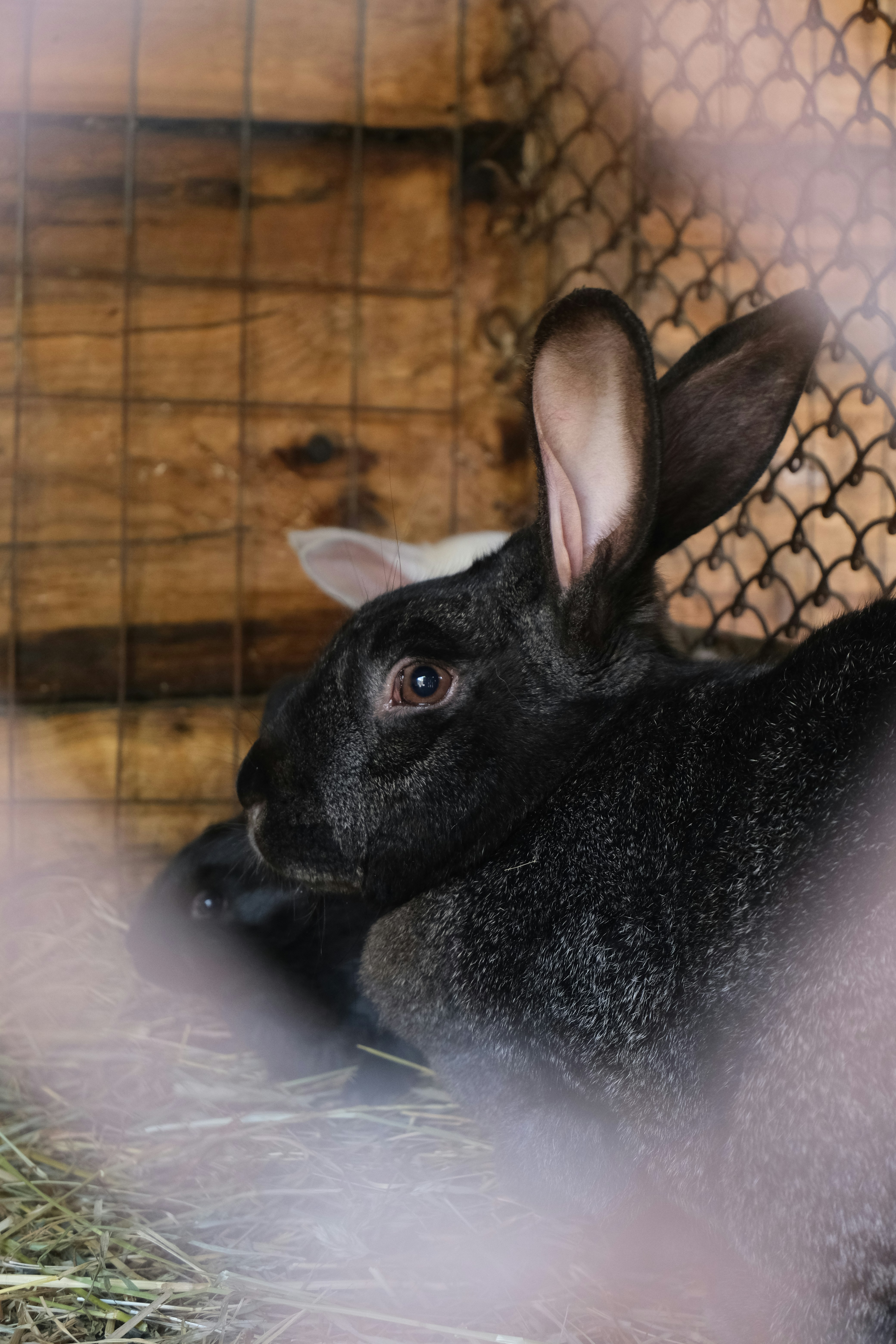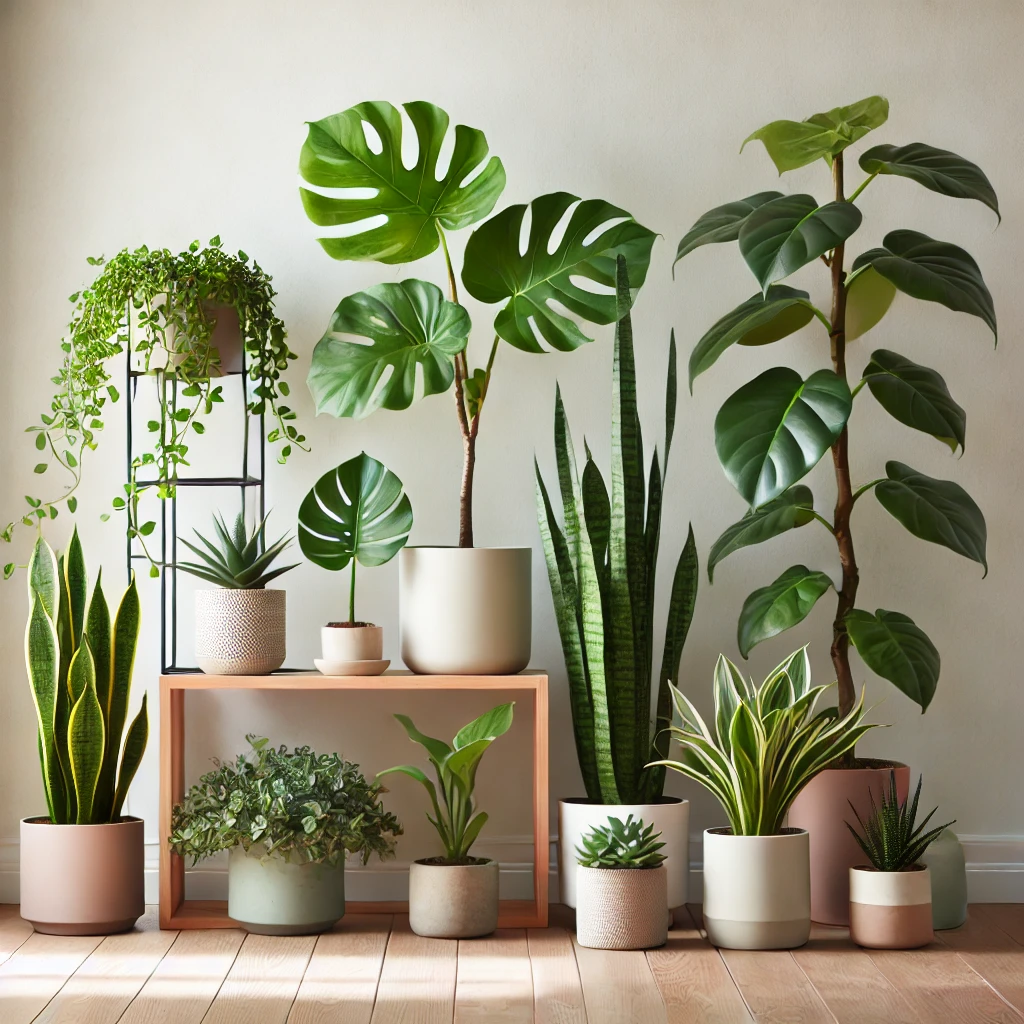If you’re looking to maximize the potential of your garden and create a harmonious, thriving environment for your vegetables, knowing which vegetables grow well together is key. Certain plants have the ability to enhance the growth of their companions or repel pests, while others can hinder each other’s development. By understanding the art of companion planting, you can optimize your garden space and yield bountiful harvests. Join us as we explore the world of vegetable companionship and discover the perfect combinations for a successful garden.
1. Companion Planting
1.1 What is Companion Planting?
Companion planting is a gardening technique that involves planting different types of plants in close proximity to one another. These plants work together to provide mutual benefits such as pest control, nutrient sharing, and improved growth. By strategically combining certain plants, you can create a harmonious and productive garden ecosystem.
1.2 Benefits of Companion Planting
The benefits of companion planting are vast and varied. One of the main advantages is pest control. Certain plants have natural defenses against pests, and by planting them alongside susceptible crops, you can deter pests from causing damage. For example, marigolds emit a strong scent that repels aphids, while herbs like basil and rosemary can prevent the spread of harmful insects.
Another benefit of companion planting is nutrient sharing. Some plants have deep roots that can access nutrients from deep within the soil, which they then share with nearby plants through organic processes. This is known as the “Three Sisters” method, where corn, squash, and beans are grown together. The corn provides support for the beans, which fix nitrogen in the soil, benefiting all three crops.
Companion planting can also improve overall plant health. Certain plants have the ability to attract beneficial insects, like ladybugs and pollinators, which help with pest control and pollination. Additionally, some plants act as natural weed suppressors, reducing the need for manual weeding and herbicides.
2. Factors to Consider
2.1 Climate and Sunlight Requirements
When planning your companion planting garden, it is important to consider the climate and sunlight requirements of the plants you wish to grow. Some plants thrive in full sun, while others prefer partial shade. It is essential to group plants with similar light requirements together to ensure they receive the optimal amount of sunlight necessary for healthy growth.
Additionally, take into account the climate in your region. Certain plants are more tolerant of heat or cold, while others prefer more moderate temperatures. By pairing plants with similar climate preferences, you can maximize their potential for success and yield.
2.2 Soil Type and Nutrient Needs
Different plants have different soil type and nutrient requirements. Some plants prefer well-drained soil, while others thrive in moisture-retaining soil. It is crucial to understand the soil type in your garden and match it with the plants that will flourish in those conditions.
Furthermore, certain plants have specific nutrient needs. For example, leafy greens like spinach and lettuce require high levels of nitrogen, while root vegetables such as carrots and beets prefer a balanced nutrient profile. By considering the nutrient needs of your chosen plants, you can ensure they have access to the appropriate fertilizers or soil amendments for optimal growth.
3. Ideal Vegetable Combinations
3.1 Leafy Greens
Leafy greens, such as lettuce, spinach, and kale, are popular choices for companion planting. These plants can benefit from being planted together due to their similar nutrient requirements and pest deterrence properties. For example, lettuce and spinach can be grown alongside each other as they have the same sun and soil requirements. Additionally, growing basil or dill nearby can repel pests that commonly affect leafy greens.
3.2 Root Vegetables
Root vegetables, including carrots, beets, and radishes, can also thrive when planted in combination with certain other plants. Carrots and onions, for instance, make excellent companions as they do not compete for the same nutrients and can help deter pests. Onions deter carrot flies, while carrots can repel onion flies. This mutually beneficial relationship allows both crops to grow healthier and with fewer pest problems.
3.3 Fruiting Plants
Fruiting plants, such as tomatoes, peppers, and cucumbers, can greatly benefit from companion planting. Tomatoes and basil, for example, have long been recognized as an ideal pairing in the garden. Basil can improve the flavor of tomatoes and help repel pests like aphids and hornworms. Similarly, marigolds can be planted alongside peppers to deter pests and improve yield.
3.4 Herbs and Aromatics
Growing herbs and aromatics alongside other vegetables can provide numerous benefits. Herbs like rosemary, thyme, and sage are known to repel pests, making them excellent companions for a wide range of vegetables. Additionally, they can enhance the flavors of neighboring crops, creating delicious and aromatic dishes straight from your garden.
4. Invalid Combinations
4.1 Competitive Plants
While companion planting offers many benefits, it is important to be aware of plants that are not compatible with one another. Some plants can compete for resources, such as sunlight, water, and nutrients, leading to stunted growth and reduced yields. For example, potatoes and tomatoes are both susceptible to late blight and other diseases, so it is best to avoid planting them in close proximity.
4.2 Pests and Diseases
Certain combinations of plants can attract pests or increase the risk of diseases. For instance, planting pumpkins and cucumbers together can increase the likelihood of powdery mildew, as both are susceptible to this fungal disease. It is crucial to research potential pest and disease issues for each plant and avoid combining species that are prone to the same problems.
5. Crop Rotation
5.1 Benefits of Crop Rotation
Crop rotation is an important practice in companion planting and overall garden management. It involves changing the location of crops annually to maintain soil health, prevent pest and disease build-up, and improve overall yield. By rotating crops, you reduce the risk of depleting soil nutrients, minimize the presence of pests and diseases, and create a more sustainable garden ecosystem.
5.2 Typical Crop Rotation Plans
The specifics of crop rotation depend on the types of plants you are growing and their specific nutrient requirements. However, a common crop rotation plan involves dividing plants into various groups or families, such as the nightshade family (tomatoes, peppers, eggplants), the legume family (beans, peas), and the brassica family (cabbage, kale, broccoli). Each year, you rotate these groups to different areas of your garden, ensuring that each plant family is not grown in the same spot for consecutive seasons.
6. Tips for Successful Vegetable Pairings
6.1 Consider Growth Rates
When selecting companion plants, consider their growth rates to avoid one plant overshadowing or choking out another. Fast-growing plants, like lettuce or radishes, can be intercropped with slower-growing plants to maximize space and yield. By considering growth rates, you can optimize the productivity of your garden.
6.2 Provide Adequate Spacing
While companion plants can share resources and provide benefits to each other, it is essential to provide adequate spacing to prevent overcrowding. Overcrowding can lead to increased competition for resources, restricted airflow, and increased risk of diseases. Be mindful of the recommended spacing for each plant and adjust accordingly when planning your garden layout.
6.3 Optimize Soil Conditions
Maintaining optimal soil conditions is crucial for successful companion planting. Regularly test your soil’s pH level and amend it as necessary to ensure the best growing environment for your plants. Additionally, consider employing organic mulches and cover crops to improve soil fertility, moisture retention, and weed suppression.
7. Example Combinations
7.1 Tomatoes and Basil
Tomatoes and basil are a classic combination in both the garden and the kitchen. Planting basil near tomatoes can enhance the flavor and fragrance of the tomatoes, while also providing natural pest deterrence against aphids and hornworms.
7.2 Carrots and Onions
Carrots and onions make great companions in the garden. Onions repel the carrot fly, and carrots can help deter onion flies. This mutually beneficial relationship can help reduce pest problems and promote healthier growth.
7.3 Cucumbers and Radishes
Cucumbers and radishes are a compatible pair in the garden. Radishes can act as a natural pest deterrent for cucumbers, as well as improve soil structure by loosening compacted soil. This combination can result in healthier and more vigorous cucumber plants.
7.4 Lettuce and Peas
Lettuce and peas are another excellent pairing in the vegetable garden. Peas are a nitrogen-fixing legume, which means they enrich the soil with this essential nutrient. Lettuce can benefit from the nitrogen provided by the peas, resulting in greener and healthier leaves.
8. Conclusion
Companion planting is a valuable technique in vegetable gardening that offers numerous benefits such as pest control, nutrient sharing, and improved plant health. By considering factors like climate, soil type, and nutrient needs, you can create ideal vegetable combinations and avoid invalid pairings. Additionally, practicing crop rotation, optimizing soil conditions, and employing proper spacing techniques contribute to successful companion planting. So go ahead and experiment with different vegetable pairings, and discover the magic that companion planting can bring to your garden. Happy gardening!





